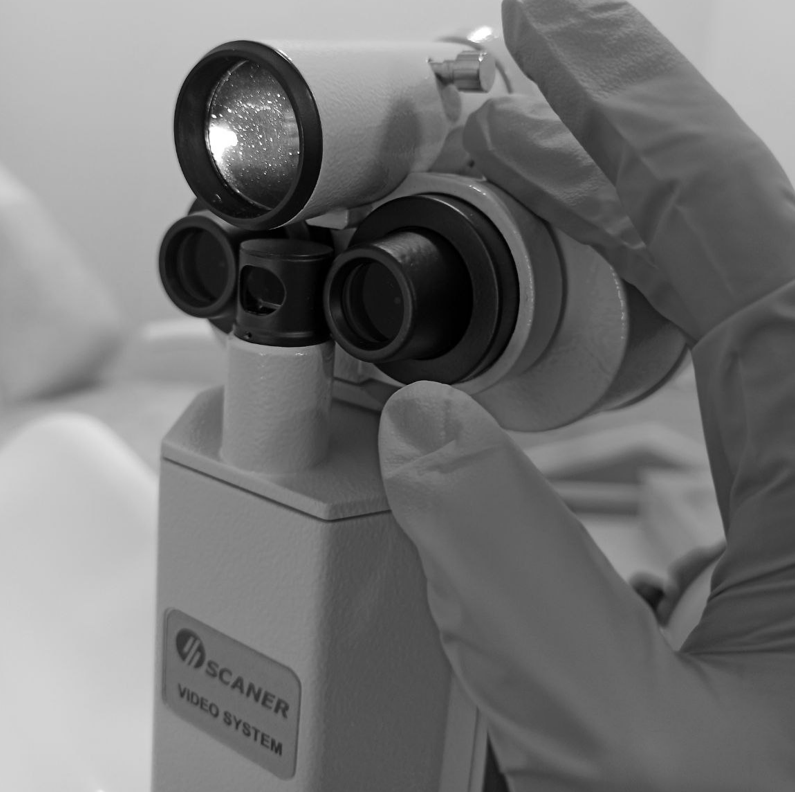Colposcopy is a highly informative, painless and practically non-contact research method in gynecology, without which it is impossible to imagine modern medicine, is colposcopy, which is performed for the purpose of confirmation and detailed examination of changes in the mucous membrane of the vulva, vagina and cervix.
The examination is carried out using a special device - a colposcope, which allows you to obtain a 6-16 times enlarged image under artificial lighting conditions.
Colposcopy is carried out on almost any day of the menstrual cycle, except for the days of menstrual bleeding.
Colposcopy enables :
- carefully inspect the mucous membrane of the vulva, vagina and cervix;
- identify centers of development of pathological processes, their localization, area and size of the lesion;
- perform a targeted biopsy of the vulva, vagina and cervix, in order to further establish the nature of the lesion - benign or malignant;
- establish a diagnosis, decide on the tactics of treatment and monitor the dynamics.
There are the following types of colposcopy:
1) simple colposcopy - examination of the vulva, vagina and cervix without the use of special solutions;
2) extended colposcopy - examination of the vulva, vagina and cervix using special solutions - 3% acetic acid solution (for narrowing unchanged vessels) and Lugol's solution (iodine-based solution for detecting glycogen in epithelial cells)
3) colposcopy through color filters (a green light filter is used), used for a more detailed study of the condition of the vessels of the mucous membrane.
Indications for colcoscopy:
- abnormal appearance of the cervix, the presence of genital warts or lesions of the vulva;
- abnormal cytological smear (pap test);
- cervicitis;
- erosion of the cervix;
- ectopy of the cervix;
- cervical dysplasia;
- polyp of the cervix;
- monitoring after treatment;
- The results of colposcopy are presented in the form of a protocol, a schematic drawing, a written description, and colpophotographs and serve as an objective indicator of the state of health and a qualitative criterion for the effectiveness of treatment.



